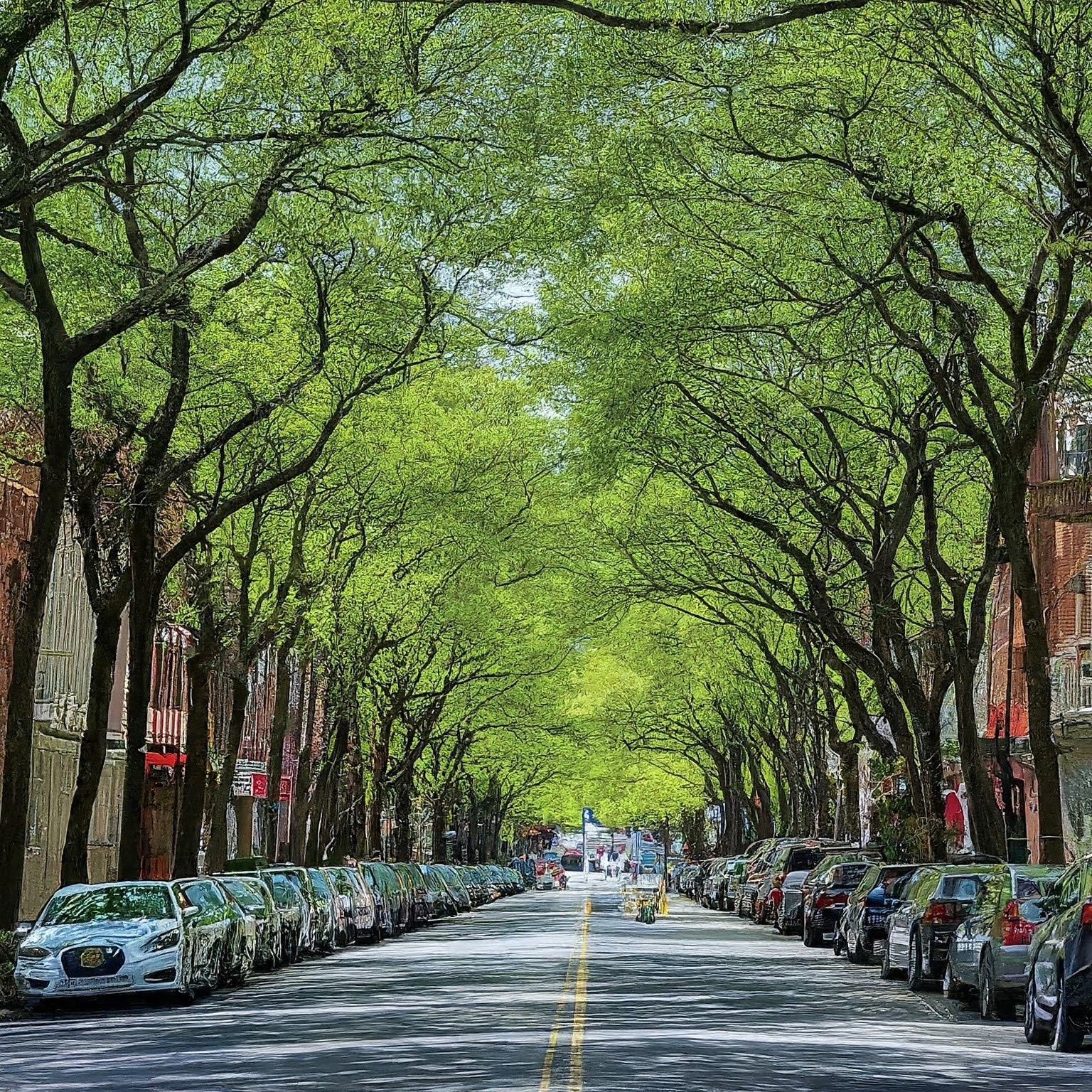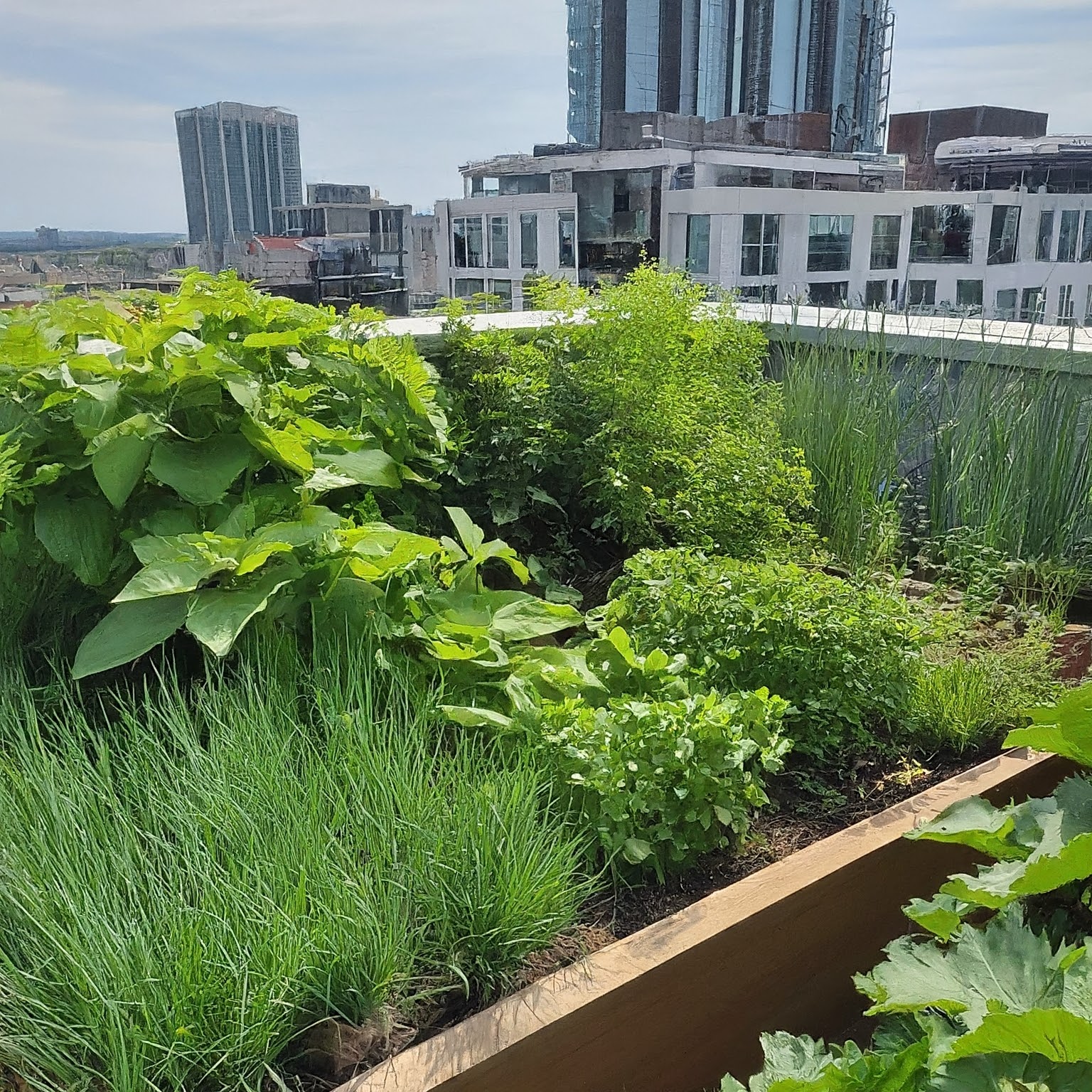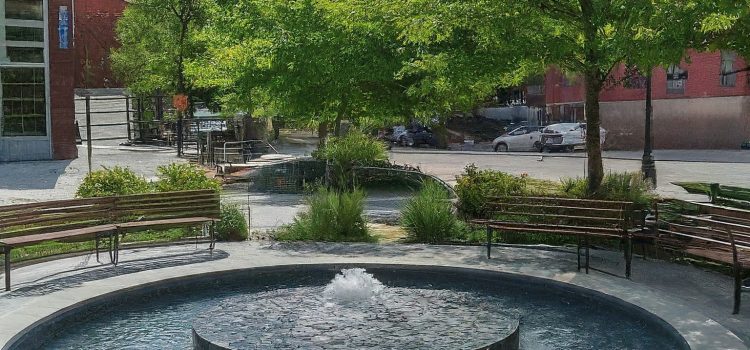
Introduction:
Hey there! I’m Sarah, an urban designer with a decade of experience witnessing the transformative power of urban oases. These green havens breathe life into our cities, fostering environmental and social well-being. Inspired by Dr. Alice Brown’s insightful book “Greening Our Cities: A Guide to Urban Oases and Their Benefits,” I’m excited to guide you through the rewarding process of creating your own urban oasis.
The Power of Urban Oases: Beyond Aesthetics
Cities are innovation hubs, but they can also be dense, noisy, and environmentally stressed. Urban oases offer a powerful solution, transforming underutilized spaces into vibrant ecosystems that benefit residents, the environment, and the city’s overall well-being.
Imagine a pocket park tucked away on a forgotten corner, buzzing with life. Picture a rooftop transformed into a lush green haven, offering stunning city views and a serene escape. This is the transformative potential of urban oases. They’re not just about aesthetics; they’re about fostering a healthier environment for all.

Unveiling the Benefits: A Greener City Awaits (Comparative Table)
Let’s delve deeper into the multifaceted benefits of urban oases.
| Benefit | Description | Impact on City Life |
|---|---|---|
| Improved Air Quality | Urban oases act as natural air filters, absorbing pollutants and releasing oxygen. | Residents breathe cleaner air, reducing respiratory issues. |
| Reduced Noise Pollution | Plants act as sound barriers, muffling traffic noise and creating a more tranquil environment. | Improved mental and physical well-being for residents. |
| Enhanced Mental and Physical Health | Studies show exposure to green spaces reduces stress, improves mood, and encourages physical activity. | Healthier and happier residents lead to a more vibrant and active city. |
| Increased Biodiversity | Urban oases provide habitat for pollinators, birds, and other wildlife, fostering a more diverse ecosystem. | A richer city ecosystem benefits the environment and attracts more species. |
| Urban Heat Island Mitigation | Plants absorb heat and shade surfaces, reducing the urban heat island effect. | Cooler city temperatures improve comfort and reduce energy usage. |
| Improved Property Values | Studies suggest properties near green spaces have higher market value. | Increased property values lead to a stronger and more vibrant city economy. |
| Community Building | Green spaces provide gathering points, fostering social interaction and a sense of community. | Stronger communities strengthen the city’s social fabric and create a more positive urban experience. |
From Concept to Creation: Strategies for Urban Greening
There’s no one-size-fits-all approach to urban greening. Here are some creative strategies to consider, tailored to different urban landscapes:
-
Green Roofs and Vertical Gardens:
- Ideal for: Densely populated areas with limited ground space.
- Benefits: Create stunning aesthetics, improve building insulation, and provide valuable habitat for pollinators.
- Examples: Rooftop cafes, vertical gardens on office buildings, green walls along highways.
-
Pocket Parks and Community Gardens:
- Ideal for: Transforming vacant lots, unused corners, or abandoned rail lines.
- Benefits: Foster social interaction, provide opportunities for urban agriculture, and create a sense of ownership within communities.
- Examples: Community gardens where residents grow fruits and vegetables, pocket parks with benches, walking paths, and children’s play areas.
-
Street Trees and Bioswales:
- Ideal for: Urban streetscapes and areas prone to flooding.
- Benefits: Provide shade, reduce traffic noise pollution, and filter rainwater runoff.
- Examples: Planting street trees along avenues, creating bioswales (rain gardens) alongside sidewalks to manage stormwater.
Remember: When planning your urban oasis, consider factors like available space, community needs, and long-term maintenance.

Fostering Collaboration: A Community Effort
Building an urban oasis is more impactful as a collaborative effort. Here’s how to get your community involved:
- Organize community workshops on urban greening.
- Partner with local businesses for sponsorships and resources.
- Engage with schools to involve students in design and planting initiatives.
- Connect with environmental organizations for technical expertise.
By working together, we can create a greener, more vibrant city that benefits everyone.
Funding the Greening Revolution: Unveiling Resources
Creating urban oases requires resources, but don’t let financial limitations deter your vision! Here’s a breakdown of funding options to explore:
-
Grants:
- Government Agencies: Many local, state, and federal agencies offer grants specifically for urban greening projects. Research grant opportunities offered by your city’s environmental department or parks department.
- Environmental Organizations: Non-profit organizations dedicated to environmental causes often provide grants for community greening initiatives. Research relevant organizations in your area.
-
Public-Private Partnerships:
Cities can partner with private companies to share the financial burden and expertise required for urban greening projects. Businesses benefit from positive community relations and improved environmental image.
-
Community Fundraising:
Harness the power of your community! Organize fundraising events like galas, community clean-up drives with donation opportunities, or crowdfunding campaigns.
Conclusion: Cultivating a Sustainable Future
By embracing urban oases, we can foster a healthier environment, stronger communities, and a more sustainable future for our cities. Let’s transform concrete jungles into thriving urban oases, one green space at a time. Here’s how you can get started:
- Identify potential locations for your urban oasis.
- Gather your community and brainstorm ideas.
- Research funding opportunities and develop a compelling proposal.
- Partner with relevant organizations and secure resources.
- Celebrate your success and inspire others to join the greening movement!
Remember, even small-scale greening projects can create a significant impact. With dedication, collaboration, and a dash of creativity, we can turn our cities into vibrant green havens for generations to come. Let’s get greening!










